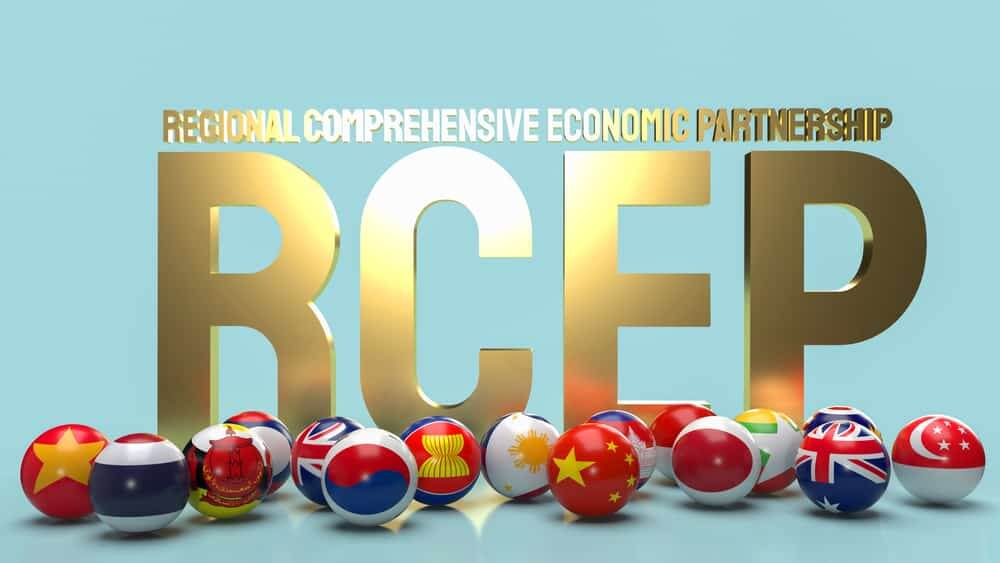
World’s largest free trade deal comes into force in January
The world’s largest free trade deal (excluding the U.S.) is up to come into force in January next year.
The date came out after New Zealand, and Australia announced that they had already ratified the agreement.
15 Asia-Pacific countries signed the RCEP – Regional Comprehensive Economic Partnership last year. These countries include the Association of Southeast Asian Nations members (ten). In addition, this will include five of their most important trading partners New Zealand, Australia, China, South Korea, and Japan.
On Tuesday, Australian officials said in a statement that its ratification (along with New Zealand) opened the way for the agreement to come into force in January next year. They also allowed RCEP to reach a “milestone.”
On Wednesday, New Zealand also confirmed its ratification in a separate statement.
The Minister of State for Trade and Export Growth in New Zealand, Phil Twyford, revealed that they had ratified RCEP. Phil Twyford said that New Zealand’s ratification, alongside Australia, managed to trigger the entry into force of the world’s largest free trade agreement. He added that it would further accelerate their COVID economic recovery. He also said that Businesses would be able to take benefit of RCEP’s opportunities from the beginning of the coming year while unlocking substantial economic benefits for businesses and exporters.
The basic rule of the RCEP was the following; It needed to be ratified by a minimum of six ASEAN and three non-ASEAN members. They would lead the agreement to come into force in 60 days.
Overview of the agreement
According to the website of Australia’s Department of Foreign Affairs and Trade, ASEAN countries that have participated in the process of ratifying the deal so far are Cambodia, Brunei, Laos, Thailand, Singapore, and Vietnam. In addition to Australia and New Zealand, China and Japan that outside ASEAN have also ratified RCEP.
RCEP covers a market of 2.3 billion people and $26.3 trillion of global output. The idea of the partnership is to create a trade grouping that covers nearly 31% of the world’s population and the global economy.
RCEP is also considered larger than other regional trading blocs like the European Union and the USMCA (United States-Mexico-Canada Agreement).
According to some analysts, the economic benefits of RCEP seem modest and would take years to develop and materialize.
Still, the agreement was widely perceived as a geopolitical success for China when U.S. economic influence in Asia-Pacific had declined.
-
Support
-
Platform
-
Spread
-
Trading Instrument




